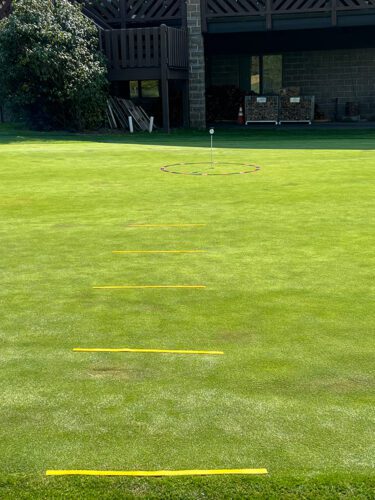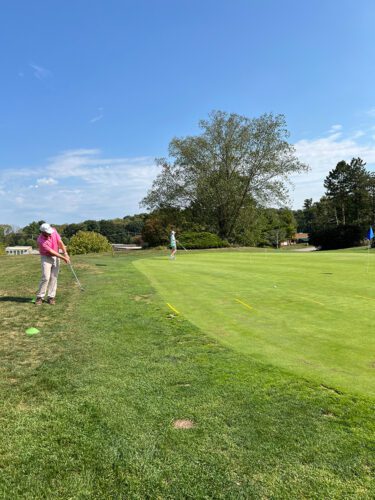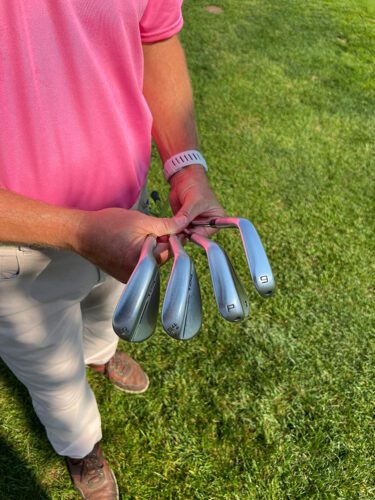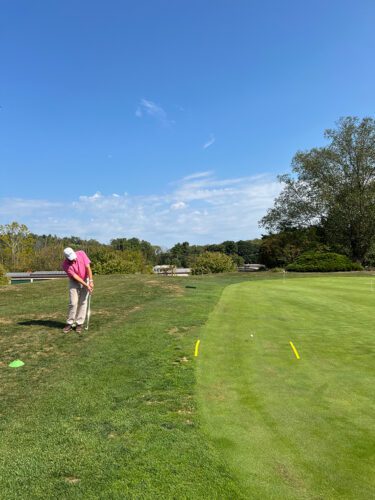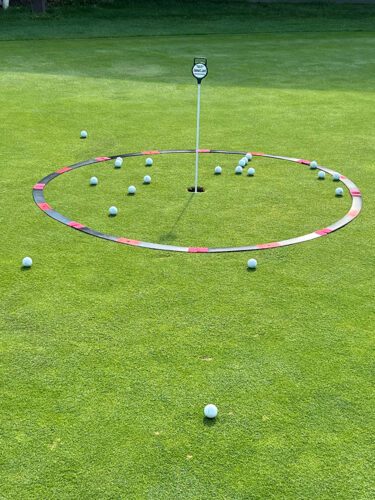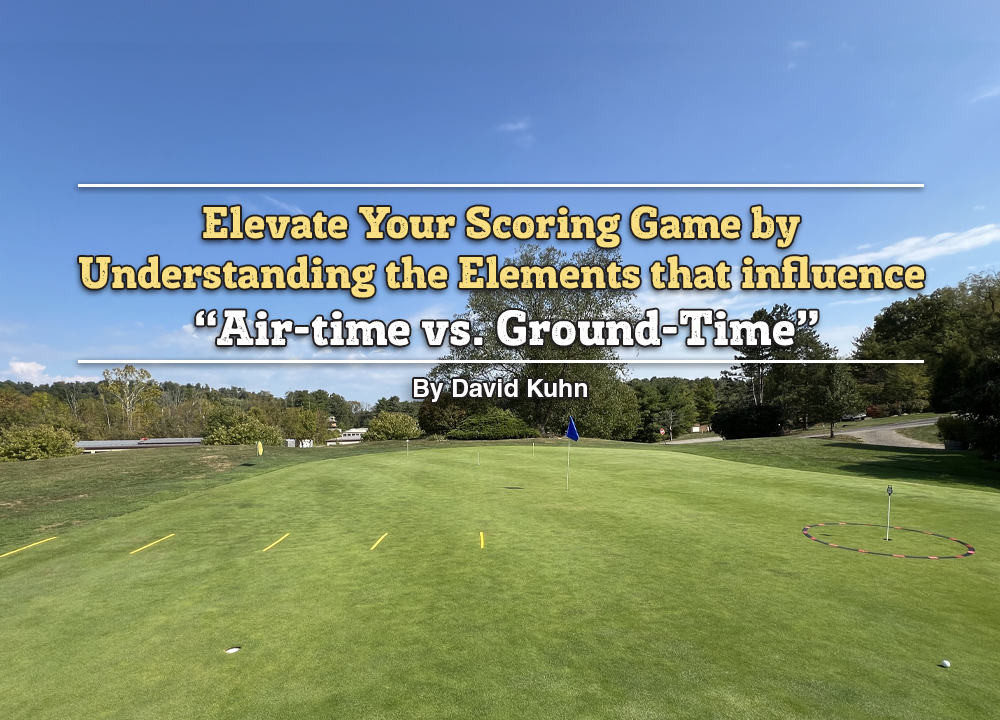
Everyday I watch golfers buy their basket of range balls, march up to the driving range, and then begin the quest to perfect their golf swings with the misguided hope that somehow, some way, their efforts will lead to dramatically improving their scores. The unfortunate truth is that most of those ball-beating range rats, with their high hopes, gadgets, tech, and sweat equity, continue to stay in a world of inconsistent scoring and minimal improvement of their ability to shoot lower scores on an actual golf course. Don’t get me wrong, the ability to strike the ball well is certainly a major ingredient to improve one’s scoring. However, the reality is that even for the best in the world, there is a limit to elite ball striking.
One of the ultimate measures of ball striking ability is the Greens in Regulation stat kept on the PGA Tour. Who currently leads the tour in this stat? You guessed it…Scottie Scheffler, the ball-striking wizard who is currently dominating the game. And what percentage of greens in regulation does Mr. Scheffler hit? You likely didn’t guess this one…it’s 73.16%. That means the best ball striker in the world misses a little over 25% of his greens in regulation (the PGA Tour average is 66% – meaning the average tour player misses around 1/3rd of greens in regulation). Mr. Scheffler is missing five greens per round on average and his average peer on tour is missing just over 6 greens in regulation. A great percentage of these misses end up within ten yards of the green. So how good are the pros at scrambling to make par or better when they miss a green and are within 10 yards? Better than you think! Mackenzie Hughes leads the tour at 97.80% and another 40 of his peers are 90% or better with the tour average being 87%. Scottie Scheffler comes in at 82.76%.
So, one of the best ways you can improve your scores is to improve your short game, especially your chipping around the greens. Saving par and even bogey when you miss a green is a key component to reducing scores. And one of the best ways to become a better chipper is to change your strategy using my “air-time versus ground-time” technique. The process is simple:
Practice this baseline strategy regularly and you’ll find that you’ll chip the ball closer to the hole when you miss greens and have shorter putts for par or bogey (proximity to the hole is the name of the game for the best statistical chance to convert the next shot!) and your scores will thank you!!!
